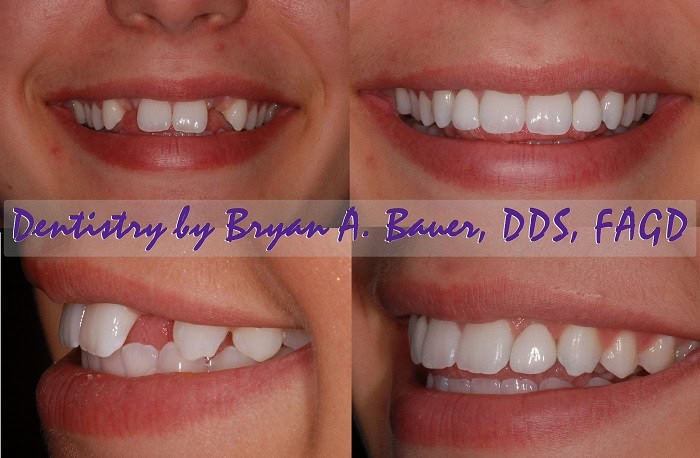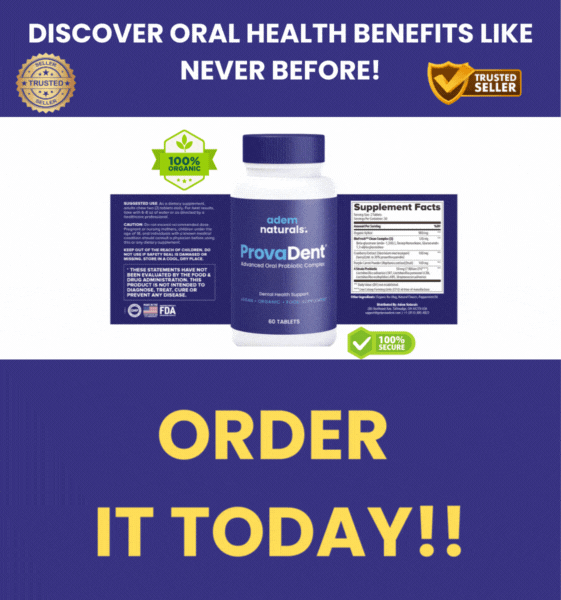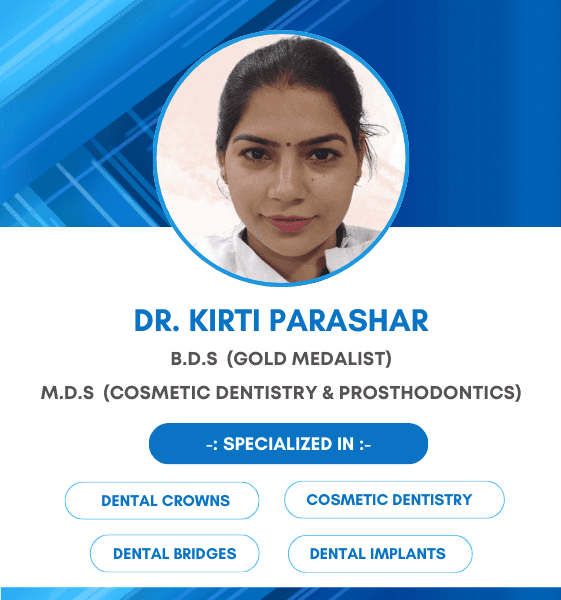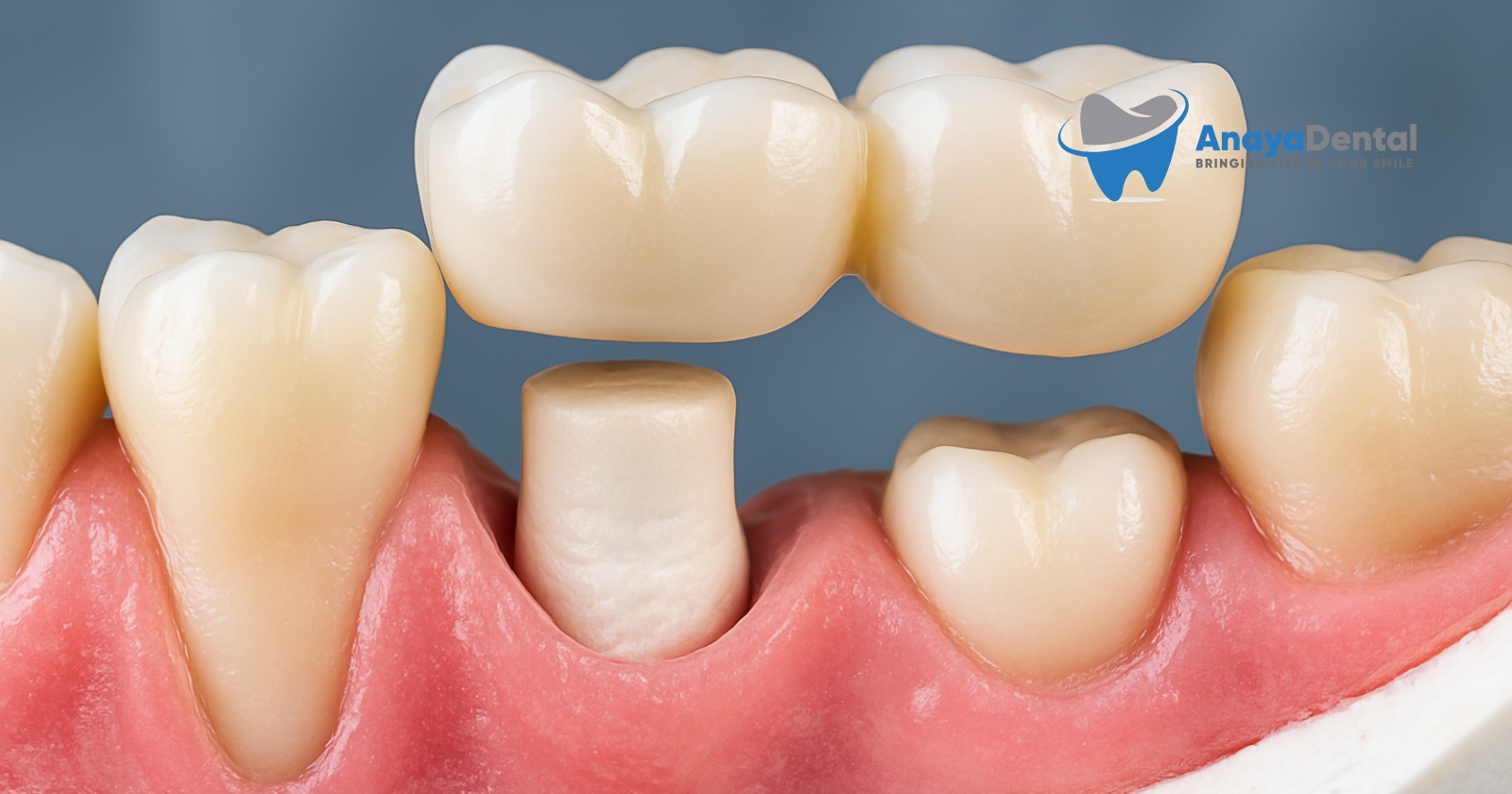Understanding Maryland Bridges: A Complete Guide to Dental Codes and Clinical Applications
Have you ever wondered about less invasive alternatives to traditional dental bridges or implants? Maryland bridges might be the solution you’re looking for. As a minimally invasive option for replacing missing teeth, these innovative dental prosthetics have transformed restorative dentistry since their development in the 1980s.
In this comprehensive guide, we’ll explore everything you need to know about Maryland bridges – from the specific CDT codes used for insurance billing to material options, clinical applications, and cost considerations. Whether you’re a dental professional looking to brush up on coding practices or a patient researching treatment options, this blog has you covered.
What Exactly Is a Maryland Bridge?
Maryland bridges, also known as resin-bonded fixed partial dentures, offer a conservative approach to tooth replacement. Unlike traditional bridges that require significant reduction of adjacent teeth, Maryland bridges use metal or ceramic “wings” that bond to the back surfaces of neighboring teeth to support an artificial tooth (pontic).
Try Our Dental Calculators
The key benefits? Minimal tooth preparation, preservation of healthy tooth structure, and a cost-effective solution compared to dental implants.
The Evolution of Maryland Bridges
Originally developed at the University of Maryland in the 1980s (hence the name!), these bridges revolutionized fixed prosthodontics by prioritizing tooth preservation. The early designs used metal frameworks bonded with composite resin cement to the lingual surfaces of teeth.
Fast forward to today, and we’ve seen remarkable advancements in materials, including:
- High-strength ceramics
- Fiber-reinforced composites
- Improved bonding agents
These improvements have boosted longevity, with five-year survival rates now exceeding 83%. Not bad for a minimally invasive option!
When Are Maryland Bridges the Right Choice?
Maryland bridges work best for:
- Replacing single missing anterior teeth
- Patients with healthy, intact adjacent teeth
- Cases where sufficient enamel exists for bonding
- Budget-conscious patients seeking alternatives to implants
- Younger patients with developing alveolar bone
However, they’re not recommended for everyone. Think twice if you have:
- Deep bite conditions
- Bruxism or other parafunctional habits
- Inadequate abutment tooth structure
- Heavy occlusal forces that could dislodge the prosthesis
Breaking Down the CDT Codes for Maryland Bridges
For dental professionals and patients navigating insurance coverage, understanding the specific CDT (Current Dental Terminology) codes is essential. Here’s a practical breakdown:
Pontic Codes (The Artificial Tooth)
The pontic in a Maryland bridge is coded based on its material:
- D6210: Cast metal pontic using precious/high noble metal alloys
- D6240: Porcelain-fused-to-metal (PFM) pontic with high noble metal
- D6245: All-ceramic or zirconia pontic (popular for front teeth due to natural appearance)
- D6253: Temporary pontic placed pending final restoration
Retainer Codes (The Wings)
Each retainer (wing) gets its own code based on material and fabrication:
- D6545: Cast metal retainer (often non-precious alloys like cobalt-chromium)
- D6548: Ceramic or porcelain retainer (for seamless aesthetics with ceramic pontics)
- D6549: Resin-based retainer (more affordable but less durable)
For example, if you’re getting a Maryland bridge with a zirconia tooth and ceramic wings on both sides, your dental claim would include:
- D6245 (zirconia pontic) + D6548 × 2 (two ceramic retainers)
Maintenance Codes
If your bridge needs attention down the road:
- D6930: Re-cementation if the bridge comes loose but is otherwise intact
- D6980: Repair of a fractured retainer or pontic
Material Options: Which Is Best?
Metal vs. Ceramic: The Classic Debate
Traditional Maryland bridges used metal frameworks (D6545) bonded with specialized resins. While strong, metal retainers can cause grayish discoloration of the supporting teeth – not ideal for patients with thin gums.
All-ceramic systems (D6548) solve this aesthetic concern. Materials like lithium disilicate (IPS e.max) now offer flexural strengths over 400 MPa, comparable to metal alloys but with superior aesthetics.
The New Kid on the Block: Fiber-Reinforced Composites
Recent innovations include fiber-reinforced composite (FRC) retainers (D6549), which incorporate polyethylene or glass fibers in resin. These can be adjusted chairside and eliminate lab fees, though they typically don’t last as long as metal or ceramic options.
Cost Considerations: What to Expect
The price of a Maryland bridge varies significantly based on materials and location:
- A resin-bonded bridge with D6549 retainers averages $715 nationally
- Prices range from $265 in lower-cost regions to $1,420 in expensive metropolitan areas
- Ceramic retainers (D6548) typically add $200–$500 per wing due to laboratory fees
Maryland Bridges vs. Implants: A Cost Comparison
While dental implants have become the gold standard for tooth replacement, their $3,000–$5,000 price tag can be prohibitive. Maryland bridges provide immediate function at 20–30% of that cost.
The trade-off? Longevity. With a 10-year survival rate around 65%, Maryland bridges may require replacement sooner than implants, affecting long-term cost calculations.
Insurance Coverage: What You Need to Know
Most dental insurance plans cover Maryland bridges, but preauthorization is typically required. Insurers like UnitedHealthcare often request documentation of:
- Abutment tooth health
- Prior restorations
- Justification for material selection
Having this documentation ready can help avoid claim denials and unexpected out-of-pocket expenses.
The Clinical Process: What to Expect
If you’re considering a Maryland bridge, here’s what the typical treatment process looks like:
- Assessment: X-rays or 3D imaging to evaluate supporting teeth and bone levels
- Impressions: Digital scans or traditional impressions to capture exact tooth dimensions
- Design Preview: A mock-up or wax-up to visualize the final result, especially important for front teeth
- Minimal Preparation: Light preparation of the enamel surface to enhance bonding
- Bonding Process: Special surface treatments and high-strength resin cements secure the bridge
Recent Coding Updates (2024–2025)
Staying current with CDT codes is essential for proper billing. Recent updates include:
- D6243: New code for titanium pontics, beneficial for patients with metal allergies
- D6794: Code for titanium retainer crowns (though this applies to traditional rather than Maryland bridges)
Conclusion: Is a Maryland Bridge Right for You?
Maryland bridges remain a valuable option in modern dentistry’s toolkit, offering a conservative approach to tooth replacement with specific advantages:
- Minimal tooth preparation
- Immediate results
- Lower initial cost than implants
- Preservation of natural tooth structure
For the right candidates, they provide an excellent balance of aesthetics, function, and value. If you’re considering tooth replacement options, discuss with your dentist whether a Maryland bridge might be appropriate for your specific situation.



